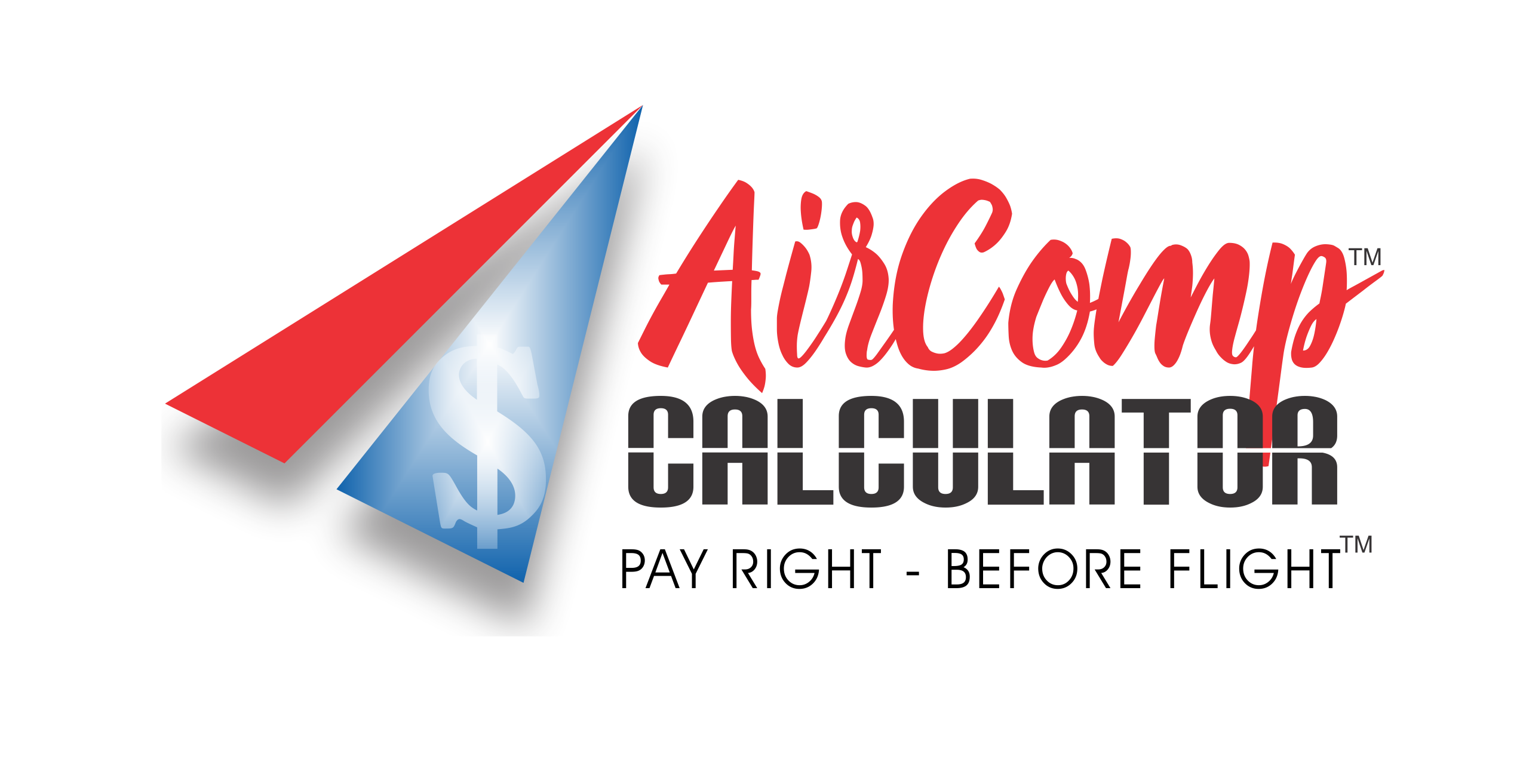Christopher M. Broyhill, Ph.D., CAM
This article will the last one in the series on compensation trends for certain business aviation positions. While all the surveying agencies have released compensation data for 2020, I've used 2019 compensation data as the end state for this discussion to stay consistent with previous articles.
In general, the industry recognizes two levels of flight attendants, Senior Flight Attendant, and Flight Attendant. But as with Senior Captain and Captain, the differentiation between the two levels can be somewhat arbitrary. In some cases, the destination of Senior Flight Attendant is about the amount of time spent with a company or flight department, in other cases the position might come with some supervisory responsibilities. Regardless, until its 2019 survey, NBAA didn't collect or analyze data for the Senior Flight Attendant position, although the Gallagher survey had been collecting that data all along. Gallagher, however, has a third category in which data is reported labeled as Flight Attendant - ALL INCUMBENTS, in which the data between all Flight Attendants, senior and otherwise, is aggregated into one position. For the graphs below, we'll trace the average of NBAA's Flight Attendant position and Gallagher's Flight Attendant - ALL INCUMBENTS from 2015 to 2019.

For the period 2015 to 2019, the average Flight Attendant base salary rose from $69,465 to $83,508, a gain of just over 20%. During the same period, Flight Attendant base salary at the 75th percentile rose from $81,806 to $99,686, a gain of nearly 22%. Note that as we've seen with other lower compensation positions, a relatively small dollar value delta can generate a very large percentage change.

The changes in total cash compensation for the 2015 to 2019 period parallel the changes in base salary. Average Flight Attendant total cash compensation rose from $72,276 to $86,509, a gain of nearly 20%. Similarly, 75th percentile Flight Attendant total cash compensation rose from $86,299 to $103,247, also reflecting a gain of nearly 20%. Note the relatively small difference between base salary and total cash compensation at all years and in both levels. In most business aviation operations, flight attendants are not paid at a level that includes a large cash bonus.
| Average Range Wage Growth | 2015 - 2019 | 75th Percentile Wage Growth | 2015 -2019 | |
| Position | Base Salary Growth | Total Cash Compensation Growth | Base Salary Growth | Total Cash Compensation Growth |
| Aviation Manager (Flying) | 19.04% | 23.26% | 17.64% | 25.48% |
| Chief Pilot | 23.37% | 26.12% | 17.27% | 21.73% |
| Senior Captain | 19.84% | 21.96% | 29.35% | 31.88% |
| Captain | 25.02% | 26.39% | 15.61% | 22.60% |
| First Officer | 18.84% | 18.29% | 23.34% | 28.16% |
| Director of Maintenance | 15.90% | 18.88% | 17.15% | 21.66% |
| Maintenance Technician | 10.36% | 9.27% | 11.72% | 10.83% |
| Flight Coordinator/Office Manager | 8.40% | 9.19% | 2.99% | 2.51% |
| Scheduler | 10.65% | 12.47% | 6.74% | 9.89% |
| Flight Attendant | 20.22% | 19.69% | 21.86% | 19.64% |
| Average | 17.16% | 18.55% | 16.37% | 19.44% |
During the 2015 - 2019 period, the percentage increase for Flight Attendant compensation exceeded the average compensation percentage increase, similar to nearly all of the other flying positions and levels. As we can see from the chart above with all positions included, the market demand for all of the flying positions and maintenance supervisory positions saw the greatest growth over the five-year interval. The amount of wage growth generated by pressure from the airlines is difficult to determine, although, for the pilot positions at least, airline pressure was almost certainly causal at some level.
Now that the 2020 comp data has been released, we'll shift the focus to 2019 - 2020 comparisons for future articles. Remember that for Flight Attendant compensation, as well as the compensation for 13 other positions in flight departments, the AirComp Calculator is the industry's only tool that generates instantaneous compensation ranges at the average, 50th, 75th, and 90th percentiles - for a daily cost that is less than a latte from Starbucks. Check it out here!
